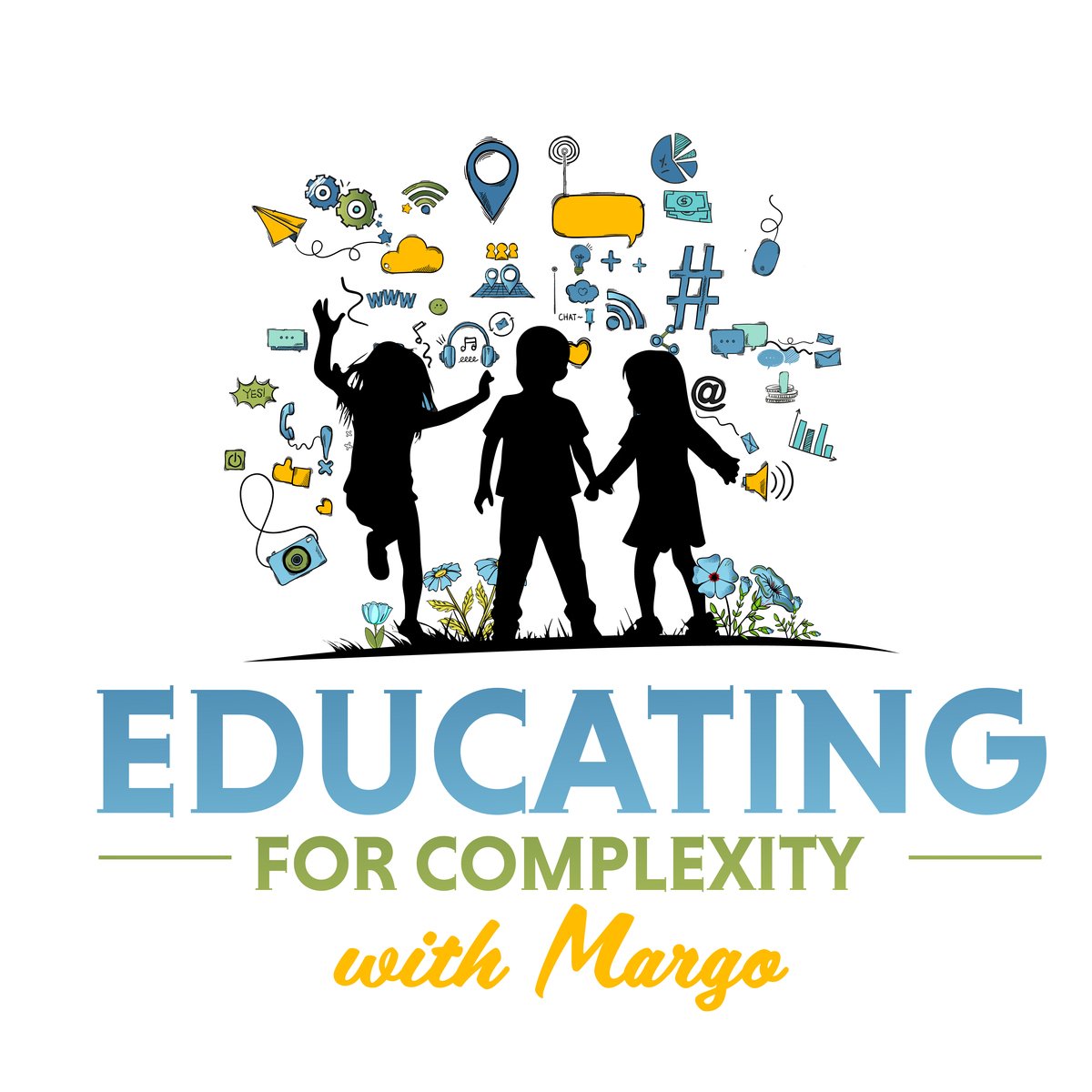
Let’s be honest. Parenting in 2025 feels like trying to raise a polite, emotionally stable plant in the middle of a tech-fueled hurricane. Between ChatGPT helping with homework, trying to reposition yourself alongside AI, and "digital detox" sounding like a punishment for both of you—what does raising well-rounded, emotionally intelligent humans even look like anymore?
Short answer: It looks like survival—but with feelings.
Longer answer? Emotional intelligence (EI) might be our most underrated superpower in a world where both your child and your smart fridge can hold a conversation. Honestly, we need to start defining what that looks like alongside our own values—before blindly accepting every shiny, AI-powered tool promising to help us raise "better" kids.
Having a clear, rooted compass of your own values matters. It points you toward decisions that align with your core, non-negotiable beliefs. This is important for your family now more than ever. A defined family value system gives you—and your kids—a reliable filter for navigating what’s moral, meaningful, and aligned with your standards for being human. Without that? You are like a ship without a sail when trying to explain life's “why” to your child.
One of the pioneers of emotional intelligence, Daniel Goleman, broke EI down into two main areas:
Personal competence: Self-awareness, self-regulation, and motivation
Social competence: Empathy and social skills
When teaching empathy and social skills, it’s essential to connect them to your family’s values—your collective "why." These values might be grounded in human experience, logic, cultural norms, or yes, even faith. The point is: if you don’t take the time to anchor your family in its own values, something else will. And that something else may not have your child’s best interest in mind—it might just be the algorithm.
So, How Can I Introduce Emotional Intelligence to My Kid?
While Goleman gives us the framework of personal and social competence, Dr. Marc Brackett, founder of the Yale Center for Emotional Intelligence, offers a kid-friendly tool called RULER. It’s a research-based method that teaches emotional intelligence in five steps:
Recognize, Understand, Label, Express, and Regulate emotions.
This approach is already used in schools around the world to help children—and adults—build emotional fluency.
Here’s the deal: emotional intelligence isn’t about raising "nice" or "obedient" kids. It’s about helping them recognize and process disappointment, build empathy, and navigate real life with (some) grace. Introducing EI early, in small doses, is key. The RULER framework is a fantastic place to start because it encourages real conversations about feelings and creates a safe zone to name, explore, and normalize emotions.
The payoff? Less anxiety, more resilience, and a kid who can survive both group projects and playground politics with their soul intact.
Bottom line: Emotional intelligence won’t keep AI from taking over the world... but it will help your kid lead the resistance with kindness, clarity, and maybe a well-regulated battle cry.
Emotional Resilience: The Unsung Hero of Mental Health
Emotional Intelligence is married to resilience. In a recent article by psychologist Dr. Tracy Asamoah, emotional resilience is framed as a critical ingredient for mental health. Resilient kids bounce back from setbacks more easily and are less prone to anxiety, depression, and self-criticism.
But here’s the twist: resilient kids usually have resilient parents. That means—surprise!—the real emotional work starts with us.
💡 Parent Coaching Notes for modeling as a RESILIENT PARENT
Parents who raise emotionally resilient kids often do four key things:
✅ 1. They notice and honor their own emotions.
Naming your emotions isn’t a therapy trend—it’s neurological hygiene. Try saying, “Right now, I feel…” and filling in the blank. It helps you process your feelings and shows your child that emotions aren’t shameful—they’re signals that something matters.
✅ 2. They regulate their emotions.
Emotions are contagious. If your kids can catch your cold, they can catch your panic. Try this: inhale for 5 seconds, exhale for 5 seconds. Repeat. It’s called coherent breathing, and it helps your nervous system chill before your temper flips a table.
✅ 3. They avoid labeling emotions as 'good' or 'bad.'
Feelings aren’t villains. Sadness means loss, anger means boundaries, fear means caution. When you stop judging your emotions, your kids learn to do the same.
✅ 4. They self-reflect.
If your child’s anger triggers you, pause and ask: “How did my parents react when I got mad?” We often handle our kids’ emotions the way ours were handled. Realizing that gives you the power to rewrite the script.
These aren’t magic fixes. But practicing emotional resilience consistently turns you into a kind of Jedi Master of the inner world. Your kids? They become the padawans of healthy self-expression.
You can even use the RULER framework as a modeling tool—show your child how you regulate emotions, manage disagreements, and navigate family dynamics. That lived example becomes a blueprint they’ll carry for life.
Because let’s be real—when the world feels like a glitchy beta version of itself, emotional resilience isn’t just helpful... it’s the cheat code
Sources:
Brackett, Marc. Permission to Feel: Unlocking the Power of Emotions to Help Our Kids, Ourselves, and Our Society Thrive. Celadon Books, 2019.
"Emotional Intelligence in Children: Importance, Development, and Long-Term Impact." The Indian Express, 2024. https://indianexpress.com/article/parenting/emotional-intelligence-in-children-importance-developmen-impact-9927734/.
"The RULER Approach." Yale Center for Emotional Intelligence, https://rulerapproach.org. Accessed 1 May 2025.

